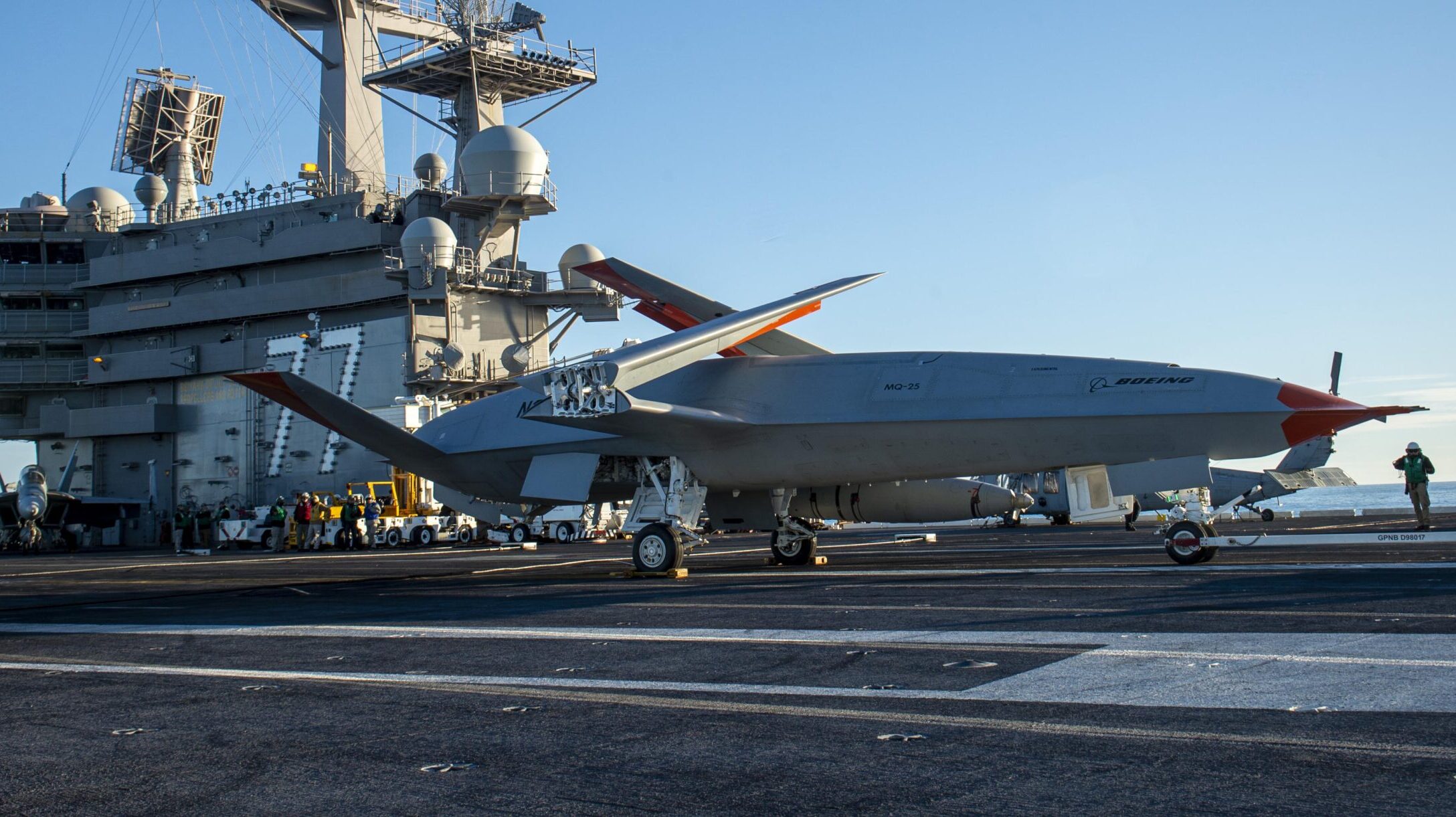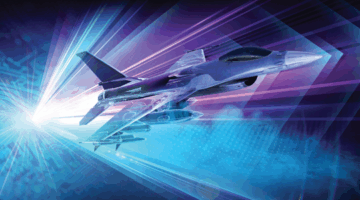
PALM BEACH GARDENS, Fla. — The Navy is pushing back its timeline for a significant programmatic milestone for its new $16.5 billion unmanned refueling aircraft program following warnings that it was risking delays and increased costs.
The service had been preparing to make “critical production decisions” for the MQ-25A Stingray program prior to testing whether the aircraft “meets operational capability requirements,” according to a new report [PDF] by the Defense Department Inspector General, published Nov. 16.
“Making critical production decisions without performing [developmental test and evaluation] and [initial operational test and evaluation] increases risk that the MQ‑25 program will not meet operational capability requirements, delay deployment of the MQ‑25A to the [aircraft carriers], and increase program costs,” according to the report.
The MQ-25A Stingray is a Boeing-made unmanned aircraft designed to operate from aircraft carriers and relieve the F/A-18 Super Hornets of the refueling mission, as well as conduct limited intelligence, surveillance and reconnaissance.
The Navy, according to the IG, had planned to clear the program for “milestone c” and “initial operational capability,” prior to testing and evaluation traditionally done in advance of those declarations. Those milestones collectively would indicate the contractor can begin low-rate initial production and the aircraft is suitable for limited operations.
But the IG report recommended the Navy delay the milestone declarations until the appropriate tests and evaluations are conducted. The watchdog also recommended “the program office updates MQ‑25 program risk management documentation to identify, assess, and develop measures to mitigate the impacts of not performing DT&E and IOT&E before the [milestone c] and IOC decisions.”
In a response included in the report, the Navy acknowledged the IG’s warnings and said it had adjusted its timeline, no longer planning to move forward with milestone c or a low-rate initial production contract this year. It did not elaborate on a new timeline.
But the Navy says the MQ-25 is urgently needed by the fleet, a concern acknowledged by the IG.
“[A]s the first CVN‑based unmanned air vehicle, the MQ‑25A is a crucial step in the Navy meeting its goal of having 60 percent of its CVN air wings unmanned by 2040,” according to the report, which uses the three-letter code “CVN” in place of the phrase “aircraft carriers.” “Therefore, the chief of naval operations stated that it was critically important to deploy the MQ‑25A on CVNs as quickly as possible.”
When the Navy first announced in 2018 that Boeing would design and produce the MQ-25, service leadership said the goal to reach IOC was fiscal year 2024, a mile marker that has since been called into question due to various production issues.

